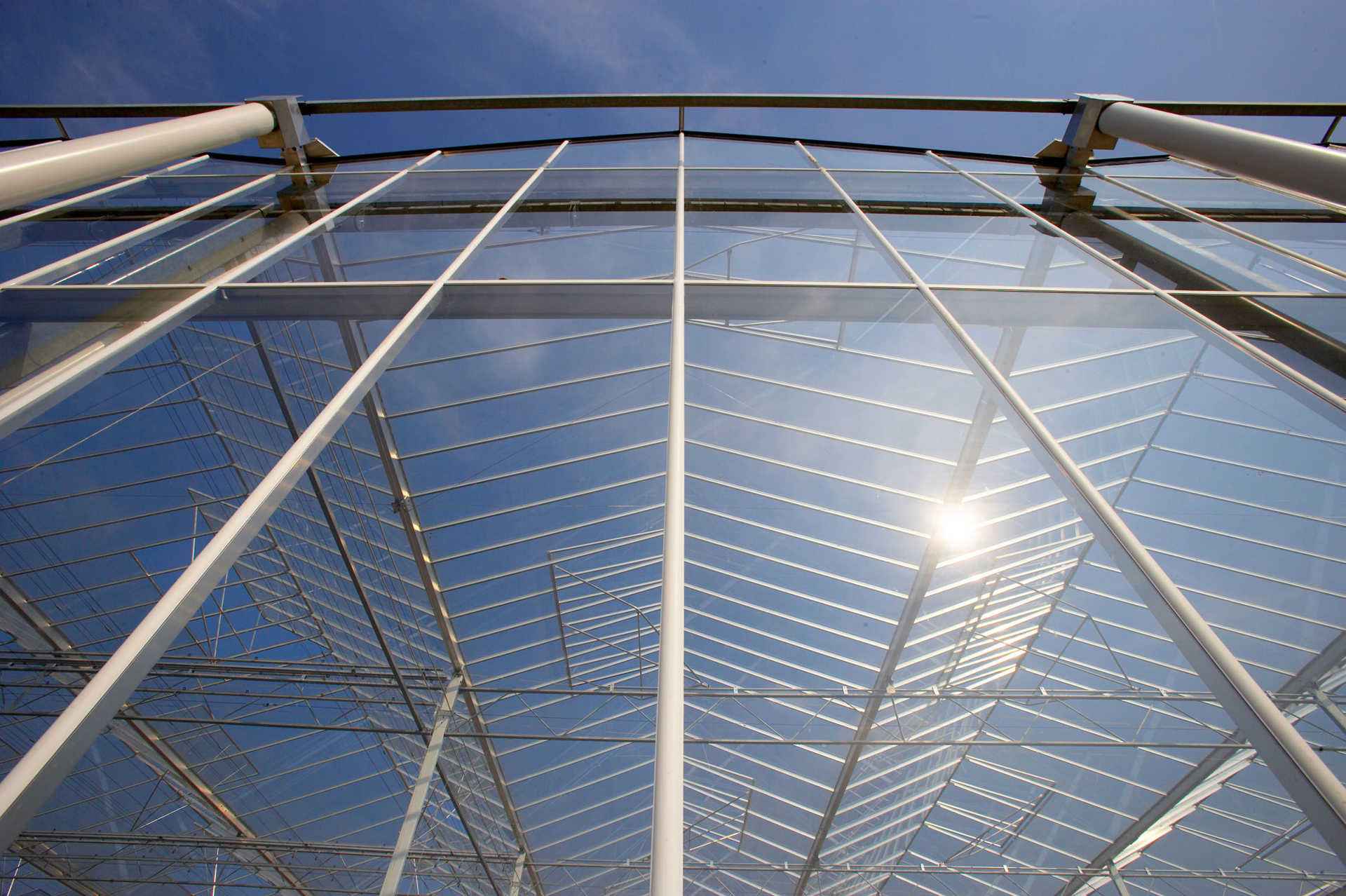Biomass

Short definition
Biomass in greenhouse production is the accumulated organic mass produced by the crop, expressed as fresh weight or dry matter, resulting from photosynthesis and the subsequent allocation of assimilates to different organs.
Expanded definition
=Biomass measures the total plant mass at a given time, including roots and shoots, and is commonly reported as fresh weight or dry matter after desiccation. It reflects net carbon gain from photosynthesis minus losses due to respiration and senescence. In greenhouse climate control, biomass is used to monitor growth trajectories and to optimize harvest timing by considering how carbon is partitioned to fruits, leaves, stems, and storage organs. Accurate biomass assessment supports yield forecasting, model-based control, and decision-making for pruning, fertilization, and irrigation. Synonyms and abbreviations: plant biomass, biomass partitioning, dry matter, dry weight, fresh weight, above-ground biomass, below-ground biomass, dry matter production, assimilates.
In Greenhouse Context
Biomass is a foundational measure of crop performance in greenhouse production because it quantifies the entire standing mass that the plant has built from photosynthesis. It encompasses roots, stems, leaves, and reproductive tissues, and its rate of increase reflects carbon gain under the current light, temperature, humidity, and nutrient conditions. Because commercial crops are valued for harvestable parts such as fruits or storage organs, growers monitor biomass not only to predict total yield but also to evaluate how efficiently assimilates are allocated to the organs that matter most for income and quality. Climate control strategies influence biomass accumulation indirectly by modifying net photosynthesis, respiration, and the sink strengths of competing organs. A key practical link is between biomass and water and energy use: higher biomass generally requires more water, nutrients, and light, but the efficiency of that use is improved when the canopy intercepts light well and the respiration losses are minimized. In substrate systems, root biomass can be small or variable, yet root growth remains a critical component of overall biomass and a driver of nutrient uptake. Because sensor suites track PAR, CO2, temperature, and humidity, biomass becomes a central integration variable for automation and decision support, tying together growth rate, climate setpoints, and irrigation schedules.
Examples and/or use cases
In a cherry tomato system, increasing daytime temperature from 22 to 25 °C while maintaining 800 µmol m^-2 s^-1 PAR and 1000 ppm CO2 accelerates dry matter production and shifts allocation toward ripening fruits, shortening vegetative growth; cucumber under supplemental LED lighting increases daily PAR to 350 µmol m^-2 s^-1 and raises leaf area development, boosting biomass accumulation but requiring tighter irrigation control to prevent excessive leaf wetness and disease risk; strawberry in substrate with targeted fertigation achieves balanced root:shoot growth, keeping root biomass adequate for nutrient uptake while focusing biomass into fruit during flowering; pruning to reduce lateral branches increases sink strength for the main fruiting sites, redirecting assimilates and producing larger fruit but potentially reducing overall leaf area; lettuce under elevated CO2 with controlled RH reduces water loss per unit biomass while maintaining crisp leaves; root-restricted transplants show that above-ground biomass responds differently to light and CO2, guiding training to maximize harvestable biomass early in crop life.
Relevance
Biomass ties directly into crop physiology and greenhouse control strategies. It anchors understanding of source-sink dynamics, where leaves generate assimilates and sinks such as fruits and storage organs determine allocation patterns that drive final yield and quality. Psychrometrics, including humidity and vapor pressure deficit, influence transpiration and leaf surface temperature, thereby affecting net photosynthesis and dry matter production; accurate biomass tracking informs setpoints and algorithms for climate control systems, including CO2 enrichment, supplemental lighting, and heating or cooling cycles. From a practical standpoint, biomass subject to measurement and modeling enables dynamic scheduling of harvests, pruning, and fertigation, while exposing trade-offs between rapid biomass gain and resource use, disease pressure, and product quality. In sum, biomass is a pivotal plant-state variable that integrates environmental drivers, physiological response, and economic outcomes, guiding growers toward efficient, predictable greenhouse performance. Sources — Books: Greenhouse Climate Control — Marcelis; Greenhouse Climate Control — De Koning; Greenhouse Climate Control — Challa; Greenhouse Climate Control — Heuvelink; Greenhouse Climate Control — van Meeteren. Sources — Online: https://extension.psu.edu/psychrometric-chart-use/; https://msu-prod.dotcmscloud.com/floriculture/uploads/files/Section%20_3.pdf; https://ceac.arizona.edu/sites/default/files/asae_-_heating_ventilating_and_cooling_greenhouses.pdf